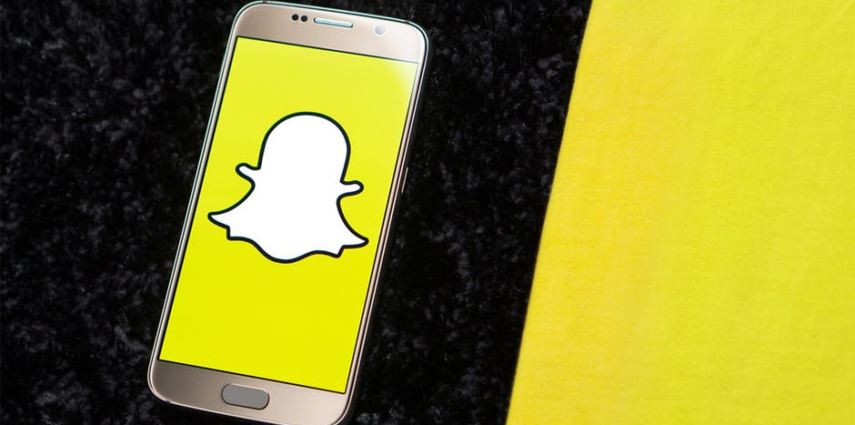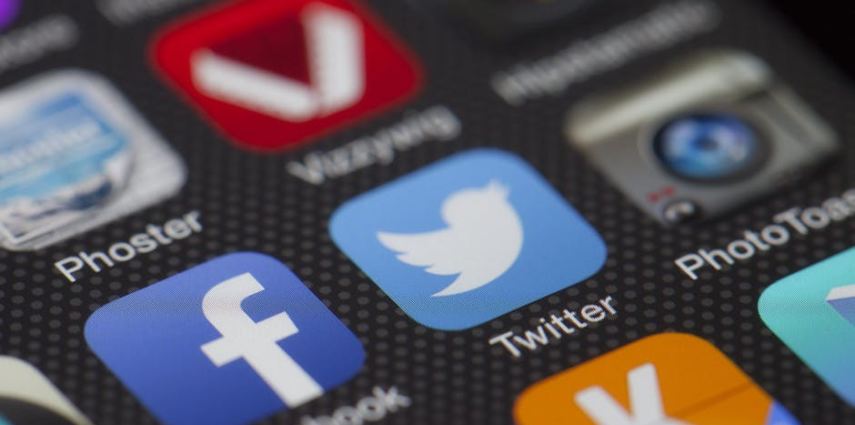Technology is ever-changing. A golden rule in marketing is to stay up to date with these changing trends to maximize ROI. A large portion of this technology phenomenon is social marketing. This includes the major platforms such as Facebook, Instagram and Twitter. There are newer platforms, however, and one in particular that marketers are often curious about: Snapchat.
Released in September 2011, Snapchat offered features the world had not yet seen: photos and messages that are only accessible for a short period of time. With the primary purpose of sending multimedia messages, or “snaps,” it played on the consumer’s new obsession with sharing images. These snaps have a fun twist and consist of photos or short videos that are often edited with various filters and effects, text captions and drawings. Snapchat is a widely popular social media platform for consumers, but is it worth it for marketers? In this post, we’ll uncover the value of Snapchat for marketing in 2017 to help determine whether it is worth it to spend valuable time and money on the platform.
Growth Rates
Both Facebook and Instagram are growing at rapid paces and continue to dominate the social scene. In April 2017, Instagram announced it has 700 million active users – four months after reaching 600 million. Facebook continues to increase 17 percent year-over-year, with 1.32 billion daily active users in June 2017.
In contrast, Snapchat has seen some disappointing growth rates. The launch of Instagram Stories (a clone of Snapchat) is not helping speed up the platform’s user rates. In fact, Instagram Stories now has 200 million daily active users which still beats Snapchat’s 173 million daily active users.
Analytics companies and social media celebrities told TechCrunch they had seen Snapchat view counts drop between 15 percent and 40 percent thanks to Instagram Stories. More and more users and companies are beginning to share and watch stories on Instagram. Instagram has had such an impact on Snapchat’s growth, that in February 2017 it was reported that Snap’s growth fell almost 82 percent. This is a probably a good warning sign that it is in most companies’ best interest to advertise on the other platforms that have more reach and potential.
Who should use Snapchat?
Typically, most brands that advertise on Snapchat are in the B2C space and are producing a lot of fresh content (Daily Mail, for example) or a CPG (consumer product goods) company. These brands need advertising platforms that reach a wider audience. Typically, the wider the audience, the more money required to get the best social marketing ROI. Brands such as Gatorade, Dominos and Under Armour have the budget to reach this wider audience and have seen success. Brands like these are also targeting a young demographic, tailoring their Snapchat content to meet the specific needs.
Target audience matters, since 71 percent of Snapchat users are under 34 years old. This makes Snapchat a potentially great tool for reaching a younger demographic. If your company has an older demographic or broader target audience, other social media platforms may prove more effective.
It is important to know that Snapchat is generally a more expensive advertising platform than both Facebook and Instagram, and that tends to keep marketers away. Both Instagram and Facebook use a cost-per-click model. Depending on the ad type, the minimum daily budget is between $1 and $5. However, Snapchat’s regular ad model consists of cost-per-impression. Their minimum spending requirement is a whopping $40,000 per month. Marketers also have the option of a cost-per-swipe model for ad units such as sponsored geofilters, which can also add up. However, smaller business do have options for local geofilters with a smaller reach, which can cost as low as $5.
Due to the nature of the platform, Snapchat ads disappear after a few seconds, increasing the difficulty of a potential customer remembering the ad. This also provides the advertiser with less ROI, as Snapchat ads with a broader reach are much more expensive. If you want to optimize your budget while still reaching a broader audience, Facebook and Instagram are the better choices. Not only are these ads more affordable, but they are longer lasting as well.
The Consensus
The narrow scope of businesses that Snapchat works for and the impeding growth next to Facebook and Instagram Stories are all signs that social media marketing should be centered around the powerhouse platforms. Yes, as marketers, it is important to stay up to date on the latest technology and to find your audience where they are. But, Snapchat may not effectively optimize your budget and help you reach your desired target market. As shown in this blog, Snapchat reaches a limited audience (unless you have a massive social marketing budget) and has seen plummeting growth rates. Facebook and Instagram, on the other hand, are dominating the social space right now and are worth your marketing efforts. Our consensus is to stick to social platforms that deliver ROI and give you the biggest bang for your buck.
Do you need additional help or have any questions? BeWhys Marketing can help you stay on track for a successful social marketing campaign. Contact us today!

